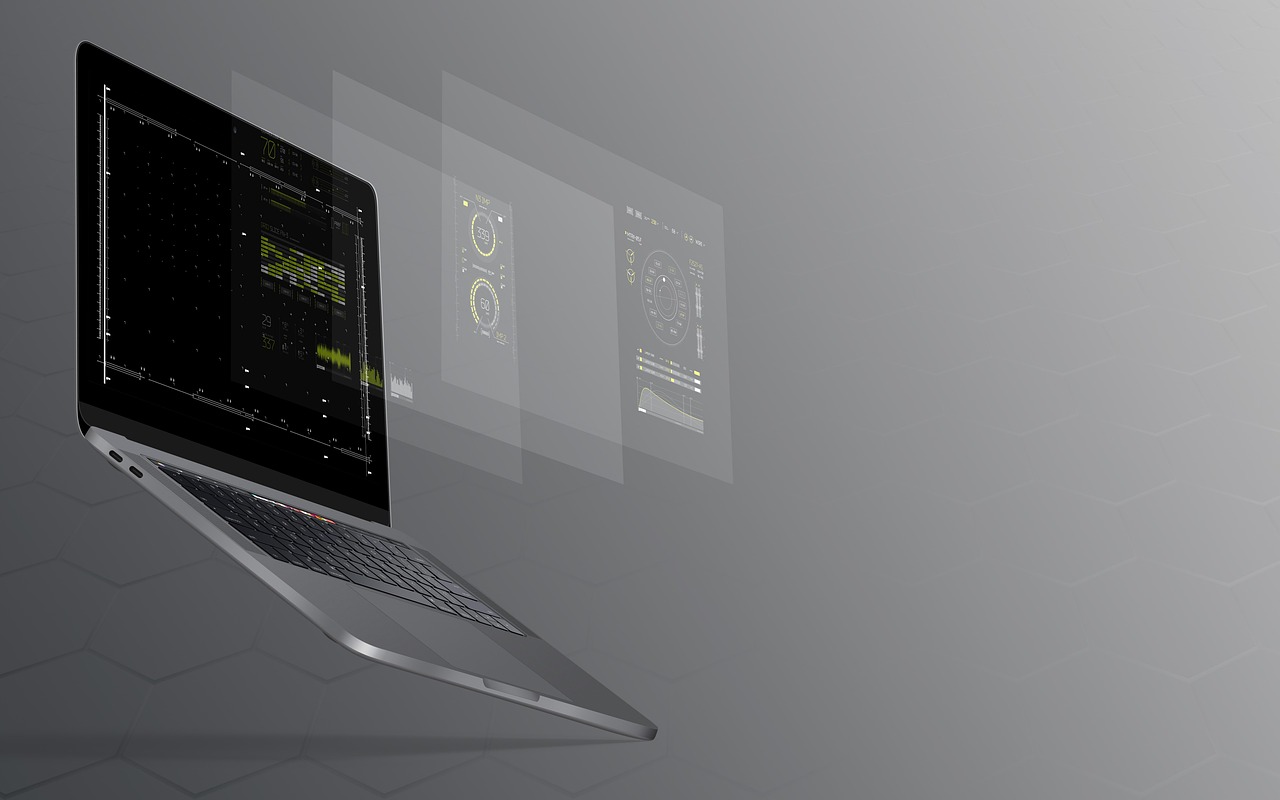Minimalism in Web Design – Pros and Cons
In the era of the digital revolution, where websites have become the main source of information, business interactions, and entertainment, web design has come a long way from its humble beginnings. As technology developed and user requirements evolved, web designers had to adapt to changing trends and expectations.
In this dynamic environment, one of the most influential trends is minimalism. Minimalism in web design is an approach that emphasizes simplicity, economy, and efficient use of online space. Reducing the number of graphical elements, content, and functions may seem paradoxical in the internet world, where access to a vast amount of information and interactions is just a mouse click away. Nevertheless, minimalism has found its place in web development and is becoming increasingly popular.
Advantages of Minimalism in Web Design
1. Clarity and Readability
One of the main advantages of minimalism in web design is that it focuses on achieving clarity and readability. By limiting the number of graphical elements, text, and functions, minimalism makes the website clear and easy to understand. This is crucial, as users often look for specific information or actions on a website. The lack of unnecessary graphical elements and chaos allows them to find what they need without distracting details.
Minimalist design often uses negative space (also known as white space) to separate different elements on the page, further enhancing readability. The use of appropriate typography and contrasting colors can add elegance and help attract users' attention.
2. Loading Speed
Minimalism positively affects the website's loading time. Fewer elements to load means shorter waiting times for users. For those using mobile devices or having a slower internet connection, this is particularly important. A website that loads quickly positively impacts user experience and can increase retention on the site as well as conversion rates.
3. Aesthetics and Elegance
Minimalist design is often associated with aesthetics and elegance. A balanced choice of colors, a minimal number of elements, and attention to detail can make a website not only functional but also visually appealing. This is especially important for companies that want to leave a professional impression and build a positive online image. The aesthetics of minimalism can also translate into more consistent company branding.
However, it is worth remembering that minimalism does not mean depriving the site of all embellishments. It is more about limiting elements to those necessary, while maintaining aesthetics and functionality. Minimalism does not have to mean boredom, and can be a source of inspiration and innovation in web design.
Disadvantages of Minimalism in Web Design
1. Lack of Information
One of the main disadvantages of minimalism is that excessive focus on simplicity can lead to a lack of important information on the site. A too restrictive minimalist design can hinder content delivery, especially if the company offers complex products or services. In such cases, minimalism may limit the ability to provide a full range of information, which can discourage potential customers who expect detailed data.
2. Lack of Variety
Minimalism, especially in the case of websites of different companies, can lead to monotony. If many websites use a similar minimalist design, users may lose interest or have difficulty distinguishing one company from another. The lack of distinguishing elements can limit the site's potential to attract attention and be memorable to users.
3. Not Suitable for All Industries
Minimalism is not the ideal solution for every industry or website. Companies offering a wide range of products or services may need a more elaborate design to effectively present their offer. For example, a website selling a variety of products may require detailed descriptions, images, and features that would be difficult to include in a minimalist project.
It is worth noting that the key to the success of minimalism is finding the right balance between simplicity and functionality. A minimalist design can be exceptionally effective if it is carefully thought out and tailored to the needs of a specific company and its audience. Understanding when minimalism is appropriate and when it is better to apply a more elaborate design is key to effective web design.
Summary
In summary, minimalism in web design is an approach that has both its advantages and disadvantages. Clarity, readability, loading speed, and aesthetics are undoubtedly the benefits of this trend. Minimalist design can effectively attract users' attention and gain their trust, especially for websites that emphasize elegance and simplicity.
However, minimalism is not the right solution for all industries and purposes. For companies offering a wide range of products or services, or maintaining a specific brand identity, minimalism may limit the possibilities of conveying important information and maintaining uniqueness.
The key to successful web design is understanding the context in which the site will operate, as well as the needs and expectations of users. Minimalism can be a valuable tool, but it is not the answer to all web design challenges. There is a place for both minimalist design and more elaborate approaches that can adapt to the diversity of industries and goals.
It is important to remember that the ultimate success of a web design project depends on the balance between minimalism and complexity, and adapting the design to specific needs and brand characteristics. Web designers should aim to create pages that not only attract attention aesthetically but also effectively fulfill business goals and satisfy user needs. Ultimately, it is the users who will assess the value of the website, and their experiences will be the key factor in the success of the project.




